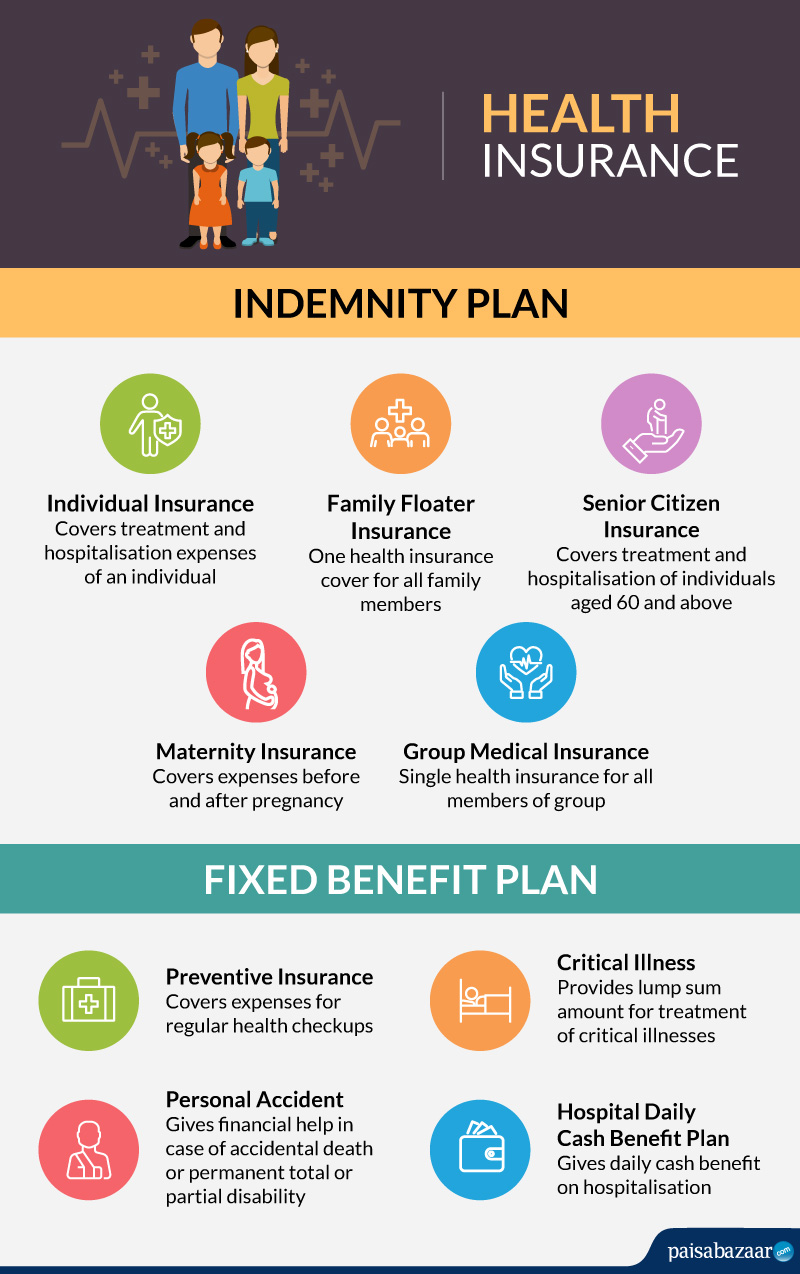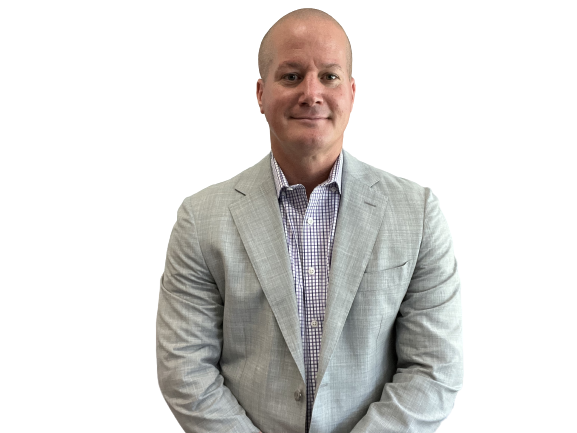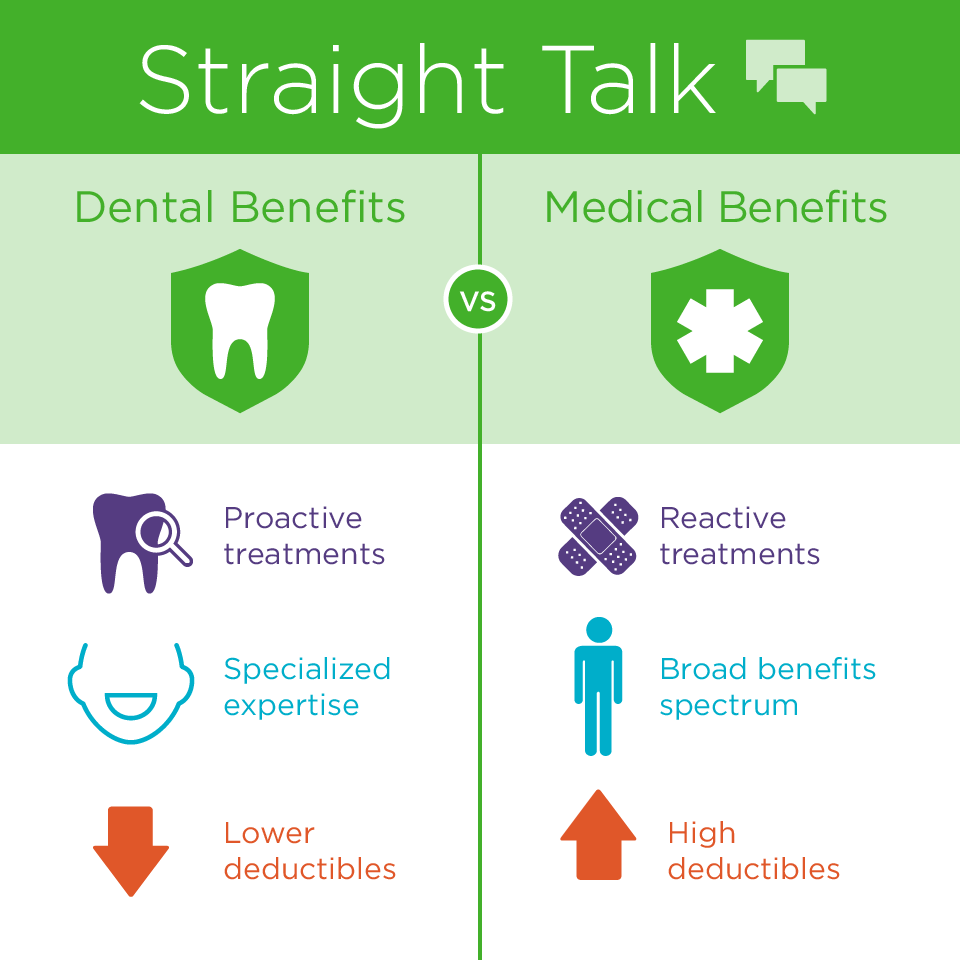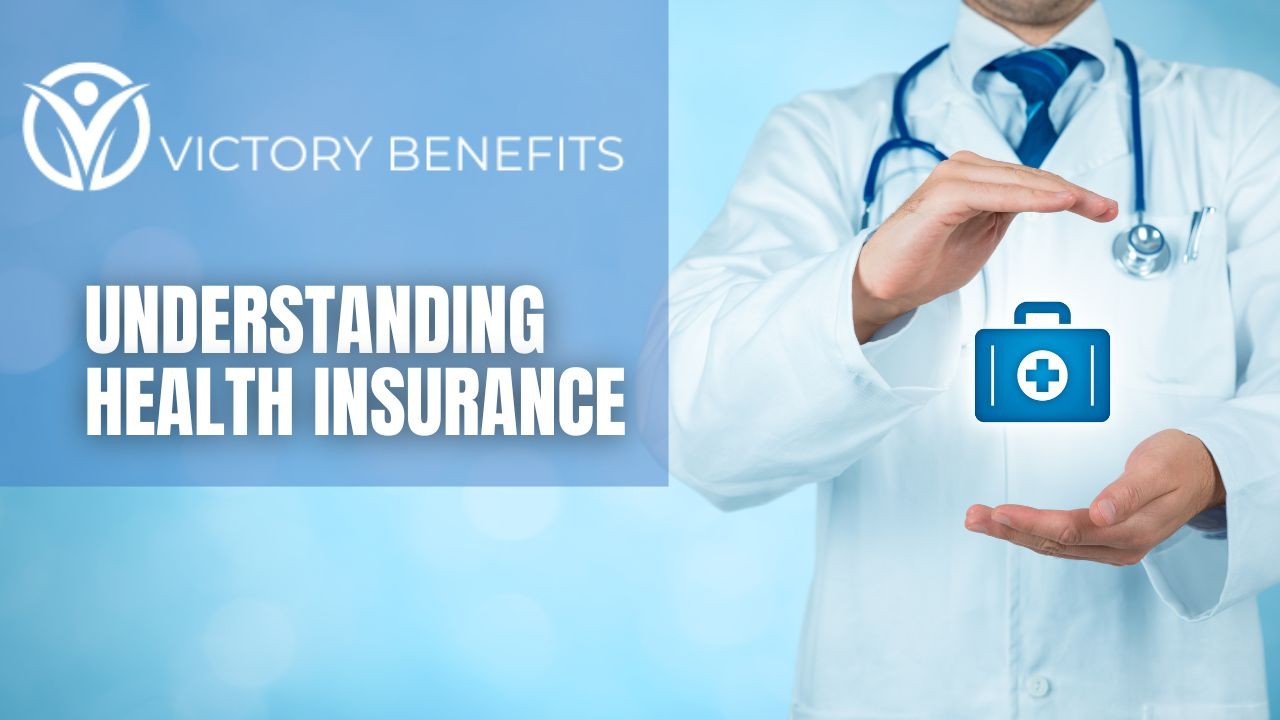What Does Medicare Advantage Agent Mean?
What Does Medicare Advantage Agent Mean?
Blog Article
Medicare Advantage Agent - The Facts
Table of ContentsMedicare Advantage Agent Can Be Fun For EveryoneThe Facts About Medicare Advantage Agent RevealedThe Only Guide for Medicare Advantage Agent


follows from adheres to the puzzling young reasonably profile of account uninsured with the better healthFar better on average, standard younger persons. For those without access to office health insurance, poor health is a potential barrier to buying nongroup coverage due to the fact that such coverage might be highly valued, exclude pre-existing conditions, or be simply unavailable. Unless otherwise kept in mind, national quotes of people without health and wellness insurance coverage and proportions of the populace with various kinds of coverage are based on the CPS, the most widely used resource of quotes of insurance policy coverage and uninsurance prices.

Some Of Medicare Advantage Agent
The connection in between health and wellness insurance and access to care is well developed, as documented later in this phase. The partnership between health insurance policy and health end results is neither direct neither simple, a considerable scientific and health solutions study literature links health insurance policy coverage
to improved access accessibility care, better far better, and improved boosted and population populace wellnessStanding The second record, on personal health outcomes for uninsured adults, is stood for by the innermost circle of the figure, while the third record, on family wellness, incorporates the subjects of the 2nd record yet stresses a various system of evaluation, particularly, the family.
In addition, it focuses particularly on those without any kind of medical insurance for any type of size of time. The problems dealt with by the underinsured are in some respects comparable to those faced by the uninsured, although they are typically less serious. Uninsurance and underinsurance, however, involve definitely various policy concerns, and the strategies for resolving them might differ. Throughout this study and the five records to follow, the major focus is on persons without medical insurance and hence no support in spending for healthcare past what is readily available with charity and safety and security net establishments. Wellness insurance policy is a powerful variable affecting receipt of care since both people and physicians react to the out-of-pocket cost of solutions. Health insurance policy, however, is neither necessary nor adequate to get to clinical services. The independent and straight effect of wellness
insurance coverage on access to health health and wellness is well established. Others will obtain the health care they need also without medical insurance, by paying for it expense or seeking it from suppliers who offer treatment free or at very subsidized rates. For still others, health insurance policy alone does not ensure invoice of treatment due to other nonfinancial obstacles, such as an absence of healthcare providers in their area, minimal accessibility to transportation, illiteracy, or etymological and social distinctions. Official research concerning uninsured populations in the USA dates to the late 1920s and early 1930s when the Board on the Expense of Medical click for more info Care generated a series of records regarding funding medical professional office check outs and hospital stays. This problem became significant as the varieties of clinically indigent climbed during the Great Clinical depression. Empirical researches constantly sustain the link between accessibility to care and boosted health and wellness end results(Bindman et al., 1995; Starfield, 1995 ). Having a normal source of treatment can be taken into consideration a predictor of gain access to, rather than a straight measure of it, when health and wellness outcomes are themselves used as gain access to indications. This expansion of the concept of gain access to measurement was made by the IOM Board on Monitoring Accessibility to Personal Wellness Care Services(Millman, 1993, p. Whether moms and dads are insured shows up to influence whether their youngsters obtain care as well as just how much careeven if the youngsters themselves have insurance coverage(Hanson, 1998). The health of moms and dads can influence their ability to take care of their youngsters and the level of family members stress and anxiety. Stressing over their youngsters's accessibility to care is itself a source of tension for parents. Three chapters follow in this report. Chapter 2 offers an introduction of how employment-based medical insurance, public programs and specific insurance policy plans operate and connect to give considerable yet incomplete protection of the U.S. population. This consists of an evaluation of historic fads and public laws impacting both public and private insurance policy, a conversation of the interactions amongst the different kinds of insurance policy, and an exam of why individuals move from one program to an additional or wind up

Report this page